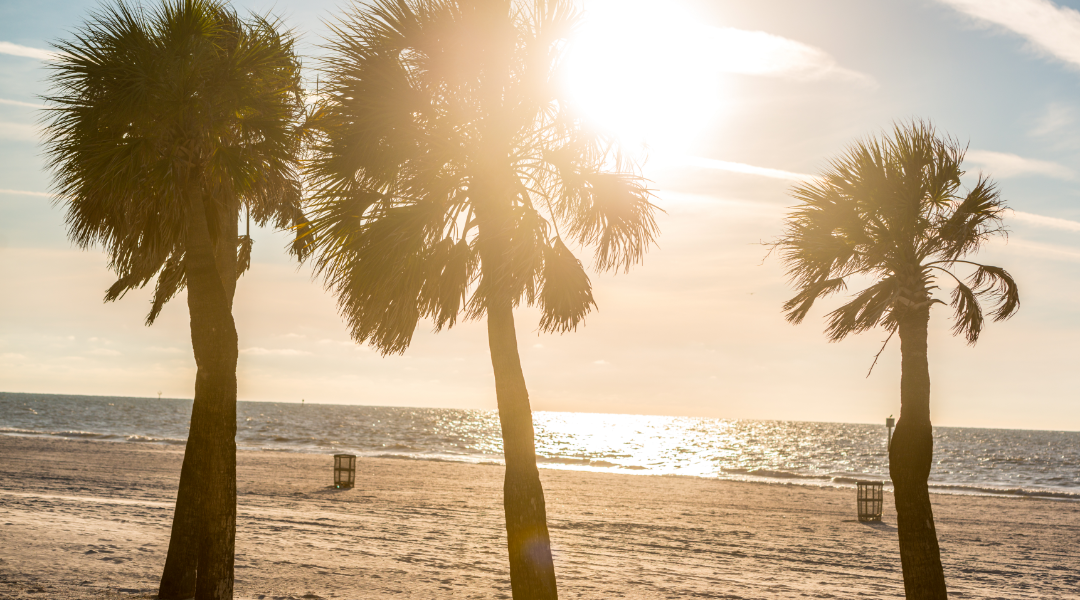
How we built our beaches series dataset
So what is the best beach town? Locals and beachgoers will each have their own opinions of what makes a town a good beach destination, but we wanted to build a national metric to compare beach towns from a more objective view. Weather patterns, surfside businesses, and of course, the number and length of beaches are all central. Here are the details of how we built our comparison index.
Beaches
Since we didn’t find a national list of beaches by municipality, we built one from existing data. The Environmental Protection Agency catalogs recreational beach areas and reports water quality monitoring results, a requirement of the 2000 BEACH Act. The data includes detailed geographical location details in shapefile format, suitable for accurate mapping.
We geographically analyzed those beach locations and used highly accurate TIGER/Line files from the Census Bureau to tally up how many beaches are near each municipality. Since we also wanted to include the presence of nearby beaches, we set a quarter-mile buffer to include any beaches with any portion lying within a five-minute walk of a city’s border. (Based on that choice, the same beach could be associated with more than one municipality under some circumstances.) The EPA data yielded beach count, beach length, and the reported number of days in each swim season.
We found significant discrepancies in the nominal ‘beach length’ metric as reported by the EPA and instead opted to use a second measure in EPA’s geographical data feature ‘event_lengthkm,’ which yielded more consistent results and matched real-world vetting distances.
City characteristics
To weigh other factors that would make for a good beach town, we identified home values, unemployment, prevalence of beach-related businesses, and average summer temperatures.
We analyzed median home price and unemployment rates (API example) at the city and town level wherever possible and used county-level data where it was missing from a fraction of municipalities. For municipalities that span multiple counties, we geographically determined the county that holds the largest portion of the municipality.
We pulled average summer temperatures by county from National Oceanic and Atmospheric Administration data, using Honolulu averages for Hawaii.
We identified businesses related to beach activities using Census Bureau county-level estimated counts (API example) of specific types of businesses:
- restaurants and other eating places
- bars
- boat dealers
- fish and seafood markets
- drive-in motion picture theaters
- recreational goods rental
- tour operators
- spectator sports
- museums, historical sites, and similar institutions
- amusement parks and arcades
- golf courses and country clubs
- marinas
- hotels (except casino hotels) and motels
- RV parks and recreational camps
We used county populations to calculate a normalized rate of these businesses per resident.
Balancing the metric
To give balance to these measures, we weighted the categories accordingly:
- 40% beach
- Beach length, count
- 35% swim
- Swim season days, temperature
- 25% economy
- Businesses, house price, and unemployment
- To provide a measure of affordability, we considered median housing price as a negative component, with higher average prices hurting a city’s ranking based on the other factors.
Cities and towns were scored based on how they ranked nationally in each facet, adjusted with the weighting rubric above.